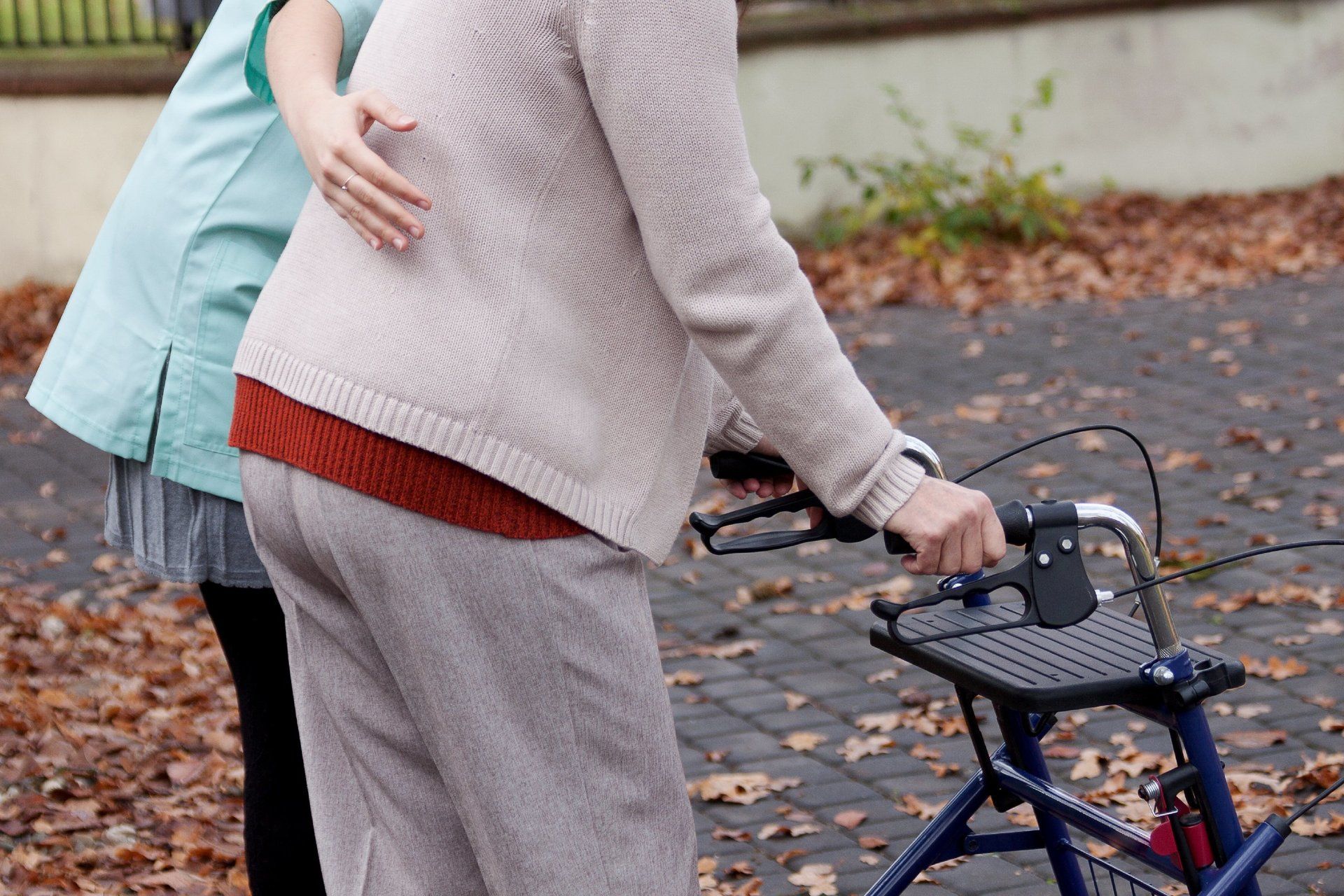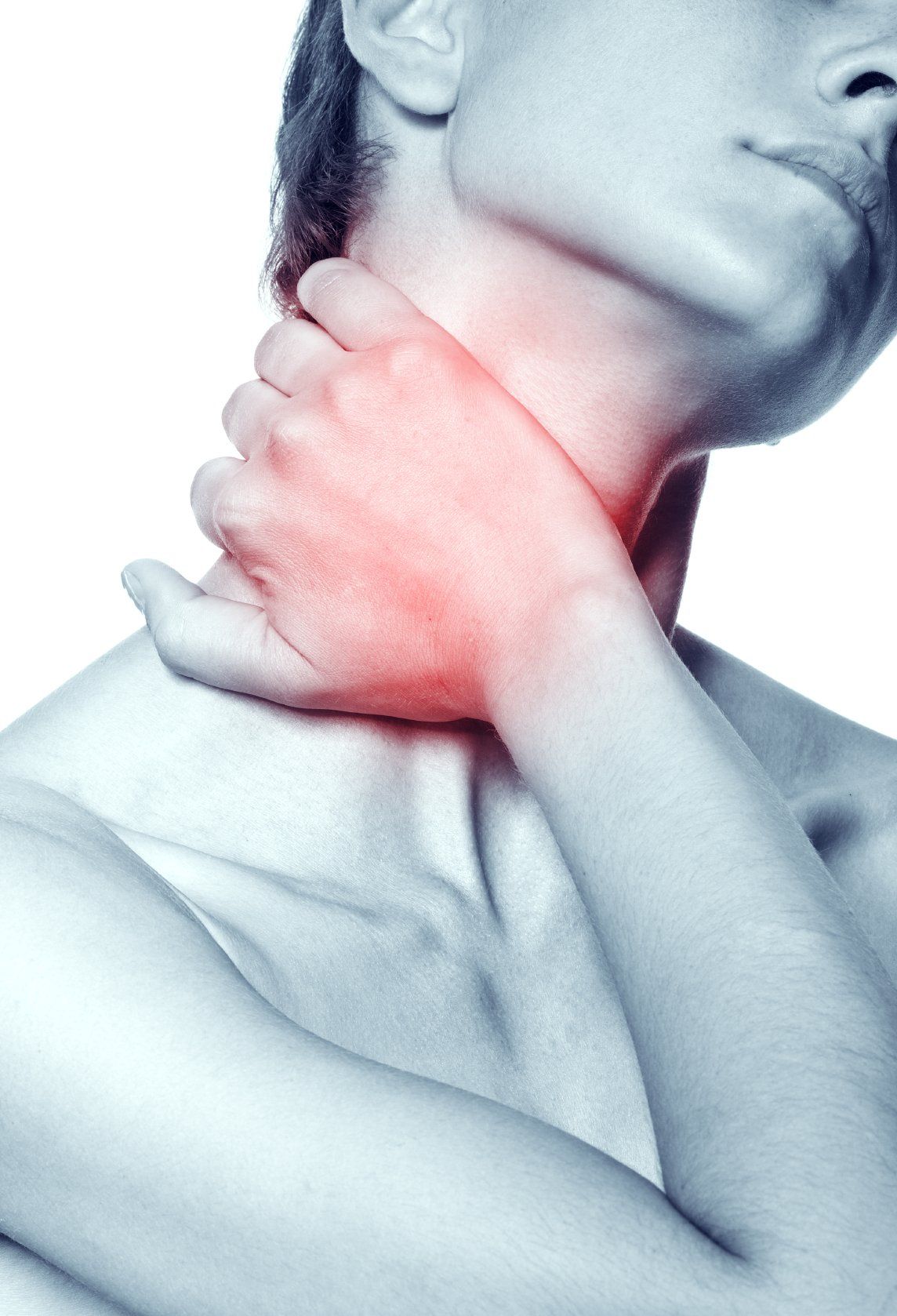Osteoarthritis: Clinical Manifestations
Osteoarthritis is one of the most common medical conditions in the world and is commonly referred to as “wear and tear” degenerative joint disease. It typically results from the gradual loss of cartilage within/between joints. This cartilage serves as a type of shock absorber preventing direct shear force and “bone on bone” pressure. Once the shock-absorber is gone it will slowly lead to inflammation and erosion of the joint.
US Centers for Disease Control data estimate approx 60 million people with doctor diagnosed arthritis – and remember many people live with joint aches/pain without seeing a physician or getting a formal diagnosis of OA. Sadly the symptoms of OA simply do not stop at the joint.
The Arthritis Foundation notes that individuals with OA are almost three times more likely to develop cardiovascular disease (CVD) or heart failure than those without OA. Also, people with osteoarthritis experience as much as 30 percent more falls and have a 20 percent greater risk of fracture than those without OA. These links are especially strong when arthritis is in certain weight bearing/balance joints, such as the knee/back/hip.
It makes sense – pain/weakness especially in our stabilizing joints such as knees/hips/spine will limit mobility and lead to risk factors such as weight gain, cardiovascular disease, diabetes coupled with stability issues. These patients would have difficulty following
American Heart Association recommendations that recommend increased physical activity and note that becoming more active can help lower blood pressure and also boost levels of good cholesterol. Without regular physical activity, the body slowly loses its strength, stamina and ability to function well - People who are physically active live about 7 years longer than those who are not active and are obese (American Heart Association). Studies have shown that adults who are inactive/minimally active more than 4 hours a day had a 46% increased risk of death from any cause and an 80% increased risk of death from cardiovascular disease!
So now let us focus on some of the clinical presentations of Osteoarthritis (OA). In general there is a marked variability of disease expression. Although most patients present with joint pain and functional limitations, the age of disease onset, sequence of joint involvement, and disease progression vary from person to person. OA ranges from an asymptomatic, incidental finding on clinical or radiologic examination to a progressive disabling disorder eventually culminating in "joint failure" with impaired mobility and quality of life.
The primary symptoms of osteoarthritis (OA) are joint pain, stiffness, and motor restriction. Symptoms usually present in just one or a few joints in a middle-aged or older person. Other manifestations in patients with OA include sequelae such as muscle weakness, poor balance, and associated conditions such as fibromyalgia (a disorder characterized by widespread musculoskeletal pain accompanied by fatigue, sleep, memory and mood issues).

Symptoms and signs — The following symptoms and signs may be observed in patients with OA:
● Pain – Pain is the most common symptom of those suffering with osteoarthritis. Pain in OA is typically worse with joint use (usage-related pain) and relieved by rest. A study by Hawker et all comments on the pain pattern of OA and it may progress through three stages:
•Stage 1 – Predictable, sharp pain usually brought on by a mechanical insult that eventually limits high-impact activities with relatively modest effect on function.
•Stage 2 – Pain becomes more constant and starts to affect daily activities. There may be unpredictable episodes of stiffness.
•Stage 3 – Constant dull/aching pain punctuated by episodes of often unpredictable, intense, exhausting pain that results in severe limitations in function.
However, not all patients go through such distinct stages, and pain progression may be arrested at any stage, and even go away (especially with hand OA). OA pain is generally worse in the late afternoon and early evening particularly with heavy/repetitive joint use; however, there are reports of OA morning pain soon after waking up. There may also be night pain in severe OA that can interfere with sleep - sometimes referred to as painsomnia - you can read our blog on painsomnia and OA. In some people, the pain has a burning (neuropathic) quality, is widespread around the joint, and is associated with paresthesia (a burning or prickling sensation often times called pins and needles). Such features also suggest co-morbid fibromyalgia.
●Limitation of motion – Reduced range of motion (equal for both active and passive movement) mainly results from pain/inflammation
●Tenderness – Tender upon touching/palpation. Joint-line tenderness suggests articular pathology directly at the affected cartilage site while tenderness away from the joint line suggests periarticular soft-tissue pathology or effusion.
●Bony swelling – Bony swelling reflects remodeling of the bone and cartilage on either side of the joint and may be evident in small joints (such as the fingers) and large joints (such as the knee).
●Joint deformity – Deformity is a sign of advanced joint damage
●Instability – Giving way or buckling is a common symptom in knee OA. Occasionally people may stumble and fall, but usually it is a feeling of apprehension and lack of confidence to weight-bear rather than literally "giving way." It is predominantly a sign of muscle weakness with subsequent altered patellar tracking (with lateral patellar subluxation) but may also be associated with true joint instability
OA can be categorized into localized or generalized forms of the disease typically by the type of joint involvement. There can also be single joint or multiple joint disease. The most common site of OA include:
- Knees
- Lower Back (Lumbar spine)
- Neck (Cervical spine)
- Hips
- Finger interphalangeal joints (Hands)
OA less commonly affects the elbow, wrist, shoulder (ie, the glenohumeral joint), and ankle.
This blog entry focuses on some of the clinical manifestations of arthritis. We do have more information on specific disease types and potential therapy strategies in our OA blog. Please also feel free to visit our site and learn more about our product - Herbal Joint Supplement by Organic Arthritis. It has been utilized for an extended time and has shown to be a well-tolerated supplement for individuals with joint pains. All ingredients are herbal/organic and have been used for generations in holistic medicine. Clinical study data exists for active ingredients showing anti-inflammatory action at extracted dosages. We have been getting great personal feedback from users (please read our fantastic Amazon reviews here). We also conducted an observational analysis of users who were clinically recommended to stop NSAIDS and did not have adequate relief on Acetaminophen who then began using Organic Arthritis - over 90% of those surveyed noted improved, efficacious relief of inflammatory symptoms using only Organic Arthritis alone at recommended dosages. There can be a safe, effective, and natural solution! Thank your for the time - stay healthy, active, and safe everyone!










